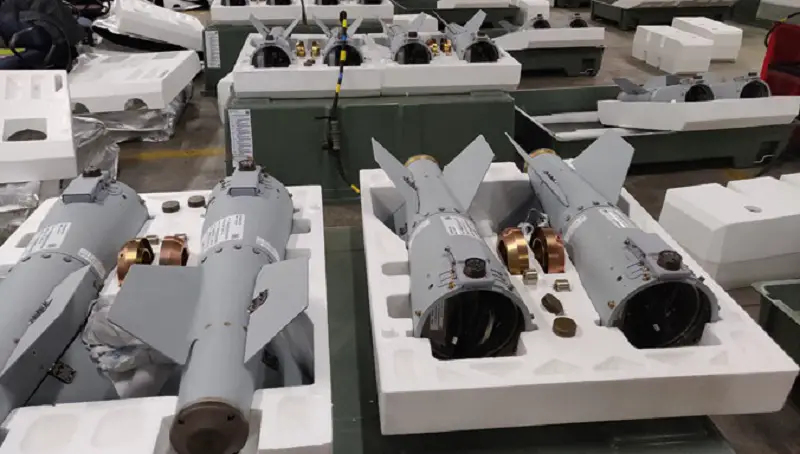The NATO Support and Procurement Agency (NSPA) received the first of three shipments of Precision Guided Munitions (PGMs) for 2020, acquired through one of NATO’s multinational High Visibility Projects involving 13 Allies and one NATO partner (Belgium, Czech Republic, Denmark, Finland, Greece, Hungary, Italy, Netherlands, Norway, Poland, Portugal, Slovakia, Spain and the United Kingdom).The PGMs, produced in the United States, are arriving between three to twelve months ahead of schedule. The total value of this acquisition is over 44 million US dollars. NATO also has similar projects for the acquisition of land and maritime munitions offering comparable benefits.
“This effort has set the standard across our portfolio of multinational High Visibility Projects. Having successfully added a wealth of new benefits and features, it has built a compelling and attractive case for Allies and partner nations to take full advantage of all it can offer,” said NATO Assistant Secretary General for Defence Investment, Camille Grand.
Launched in 2014 at the Wales Summit, the NATO project offers participants a framework to acquire air-to-ground PGMs in a cost-effective and flexible way. Working through this initiative, the participants have already succeeded in lowering their acquisition costs by 15-20%. Another added benefit is that participants are able to draw upon each other’s PGM stocks much more easily, for instance during air operations or in a possible crisis. This flexibility means that processing times can be reduced from months to weeks or days.
Recognizing these benefits, the participants have increased their orders through the NATO project. The most recent order, valued at 44 million US dollars, is more than double the first multinational order. The number of different munitions and components procured through the project has also expanded – from four to 15. In 2021, the project is expected to offer further benefits by opening the doors of a first multinational munition warehouse facility to participants. This is part of NATO’s work to increase joint investments in critical capabilities that the Alliance needs.
















